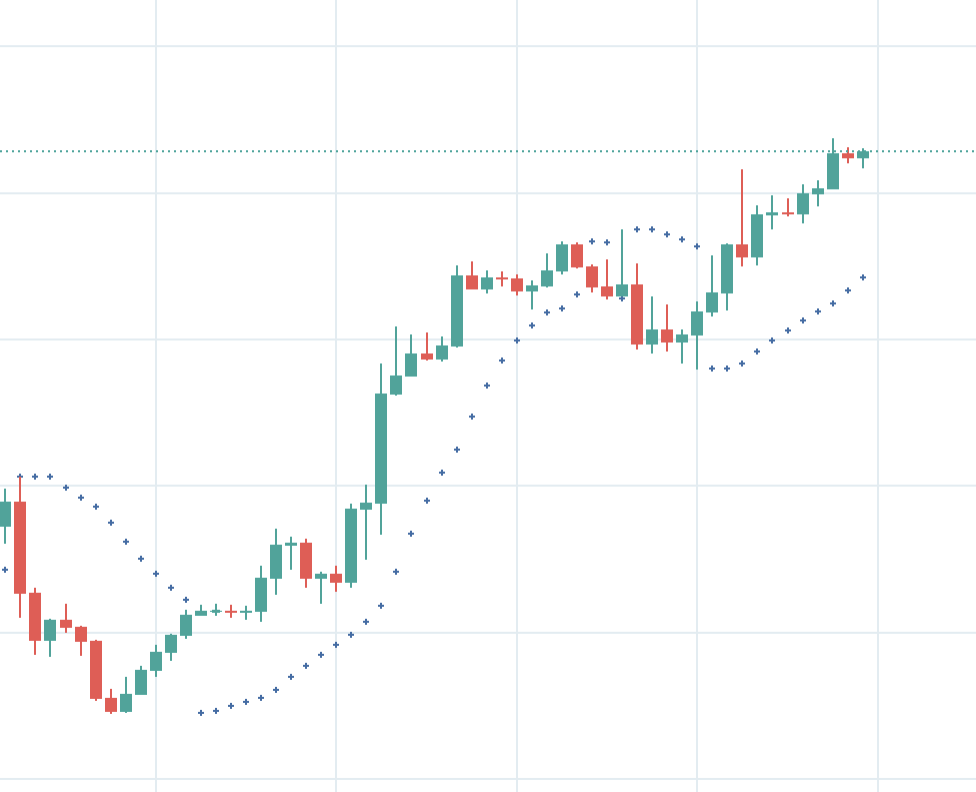The Treynor ratio compares your returns to underlying market volatility and systematic risk. In this article, we’ll explain what the Treynor ratio is and show you how to calculate it.
What is the Treynor ratio?
The Treynor ratio is a financial metric used to assess the performance of a portfolio relative to the performance of an indicator, such as a benchmark. It is sometimes referred to as the volatility reward ratio and is not very different from other volatility reward metrics such as the Sharpe ratio as it compares the return on a portfolio to the risk-free rate.
How to calculate the Treynor ratio
You can calculate the Treynor ratio as follows:
Treynor Ratio = (Portfolio Return – Risk Free Investment Return) ÷ Portfolio Beta
Assume that the portfolio’s return is 30%, the risk-free rate is 2%, and the portfolio’s beta is 1.4. With these values, we can make the following calculation: (0.3 – 0.02) ÷ 1.4 = 0.2, which is the Treynor ratio.
In another example, suppose the portfolio’s return is 50%, the risk-free rate is 0.0125%, and the portfolio’s beta is 1.2. With this information, we can make the following calculation: (0.5 – 0.0125) ÷ 1.2 = 0.41.
0.41 is a Treynor ratio greater than 0.2. A higher Treynor ratio is preferable as it implies a higher return for each unit of risk the portfolio assumes compared to the indicator risk.
The Treynor ratio explained
There are several different terms used in the Treynor ratio, and some of them may seem confusing. We explain each of them below.
- Portfolio profitability is simply the profit a portfolio has generated in a given period. Typically, an investor expects their portfolio to perform similarly to or outperform their country’s benchmark.
- The risk-free investment return is the theoretical return on a risk-free asset. However, no asset is completely risk-free, which is why investors often use three-month US Treasuries as a risk-free rate of return indicator.
- Beta measures the rate of change in a portfolio’s performance relative to changes in returns from the benchmark in the global market, such as the S&P 500 (US 500) or the FTSE 100.
What is a good Treynor ratio?
A higher Treynor ratio is preferable because it represents a higher return for each unit of risk. In addition, it implies that the asset or the portfolio of assets has generated better returns than expected, if we take into account the level of risk assumed.
However, it should be noted that if the beta value of the portfolio is negative, the Treynor ratio will not give you an exact or meaningful value. In this case, you might consider using the Sharpe ratio to determine the potential return of a portfolio in relation to the underlying risk.
Treynor ratio and Sharpe ratio: what are their differences?
The Sharpe ratio is another risk-return ratio, and seeks to compare the performance of an asset with a risk-free investment. It is different from the Treynor ratio, which looks at a portfolio’s performance against an underlying market benchmark.
Three-month US Treasuries are often used as a benchmark for a risk-free investment, because although no investment is completely risk-free, the risk of US Treasuries is often thought of as a risk-free investment. . is very low.
The formula for the Sharpe ratio is:
Sharpe Ratio = (Portfolio Return – Risk-Free Investment Return) ÷ Portfolio Standard Deviation
The Sharpe ratio splits the equation through a portfolio standard deviation, which is its largest difference from the Treynor ratio. Standard deviations can help determine the historical volatility of an asset. On the other hand, beta is a measure of the volatility of an asset with respect to the market.
There is another ratio to take into account: the Sortino ratio. It is similar to the Sharpe ratio, although it only applies to the risk of a portfolio. Some analysts consider that the Sortino ratio is better able to measure risk-adjusted returns than the Sharpe ratio because it eliminates positive volatility, which is what generally generates returns for investors.
As a result, positive volatility is beneficial to an investor, and is excluded from the risk-adjusted return equation when we use the Sortino ratio.
How to use the Treynor ratio in your trading
You can use the Treynor ratio to measure the degree of returns you have earned in excess for each unit of risk you have assumed above the level of risk in the underlying market. It can be useful to know it, since it can indicate if your investment has had higher returns than the market.




